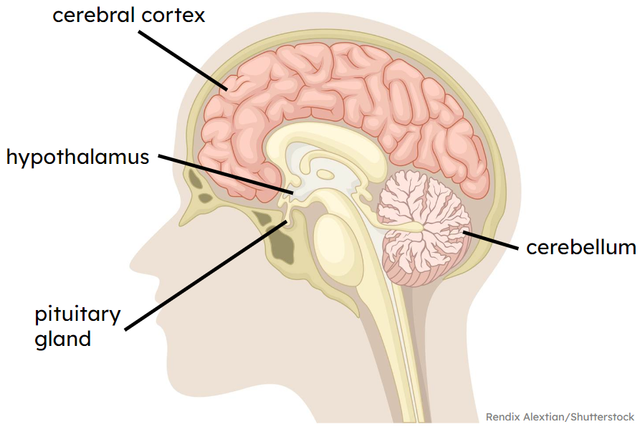The roles of the nervous and endocrine systems in controlling water balance
I can describe the roles of the nervous and endocrine systems in controlling water balance in the human body.
The roles of the nervous and endocrine systems in controlling water balance
I can describe the roles of the nervous and endocrine systems in controlling water balance in the human body.
Link copied to clipboard
These resources will be removed by end of Summer Term 2025.
Switch to our new teaching resources now - designed by teachers and leading subject experts, and tested in classrooms.
These resources were created for remote use during the pandemic and are not designed for classroom teaching.
Lesson details
Key learning points
- Receptors in the hypothalamus detect changes in the amount of water in the blood plasma.
- When there is too little water, the pituitary gland secretes a hormone called ADH.
- ADH increases the permeability of the kidney tubules so more water is reabsorbed into the blood plasma.
- When there is too much water, the pituitary gland secretes less ADH and less water is reabsorbed in the kidneys.
- Drinking alcohol causes less ADH to be produced, so urine becomes more dilute and this can cause dehydration.
Keywords
Hypothalamus - Part of the brain that controls our internal environment, including water balance and body temperature.
Gland - An organ or tissue that produces and secretes substances, such as hormones.
Hormone - A chemical substance produced by a gland that travels in the bloodstream to a specific target organ.
ADH - Anti-diuretic hormone, secreted by the pituitary gland, which increases the permeability of the kidney tubules.
Common misconception
Understanding how kidney filtration is controlled is complex, multifaceted and involves fairly obscure parts of the body so there is a lot of new content in this topic.
The parts of the process are broken down into individual steps, introduced with care and supporting illustrations, checked, reviewed and backed up with reinforcing tasks.
To help you plan your year 11 biology lesson on: The roles of the nervous and endocrine systems in controlling water balance, download all teaching resources for free and adapt to suit your pupils' needs...
To help you plan your year 11 biology lesson on: The roles of the nervous and endocrine systems in controlling water balance, download all teaching resources for free and adapt to suit your pupils' needs.
The starter quiz will activate and check your pupils' prior knowledge, with versions available both with and without answers in PDF format.
We use learning cycles to break down learning into key concepts or ideas linked to the learning outcome. Each learning cycle features explanations with checks for understanding and practice tasks with feedback. All of this is found in our slide decks, ready for you to download and edit. The practice tasks are also available as printable worksheets and some lessons have additional materials with extra material you might need for teaching the lesson.
The assessment exit quiz will test your pupils' understanding of the key learning points.
Our video is a tool for planning, showing how other teachers might teach the lesson, offering helpful tips, modelled explanations and inspiration for your own delivery in the classroom. Plus, you can set it as homework or revision for pupils and keep their learning on track by sharing an online pupil version of this lesson.
Explore more key stage 4 biology lessons from the Coordination and control: maintaining a constant internal environment unit, dive into the full secondary biology curriculum, or learn more about lesson planning.

Equipment
None required.
Licence
Starter quiz
6 Questions
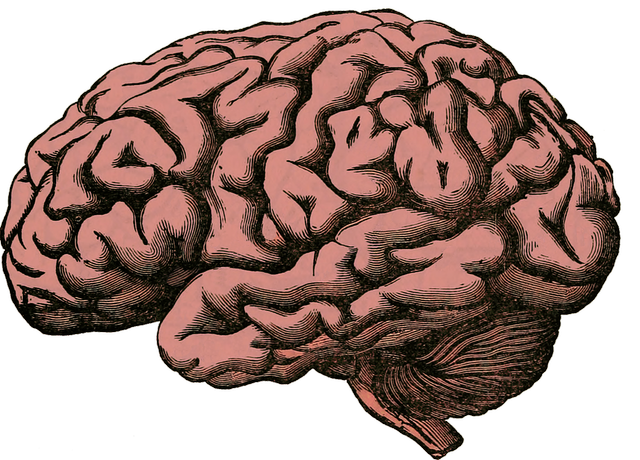
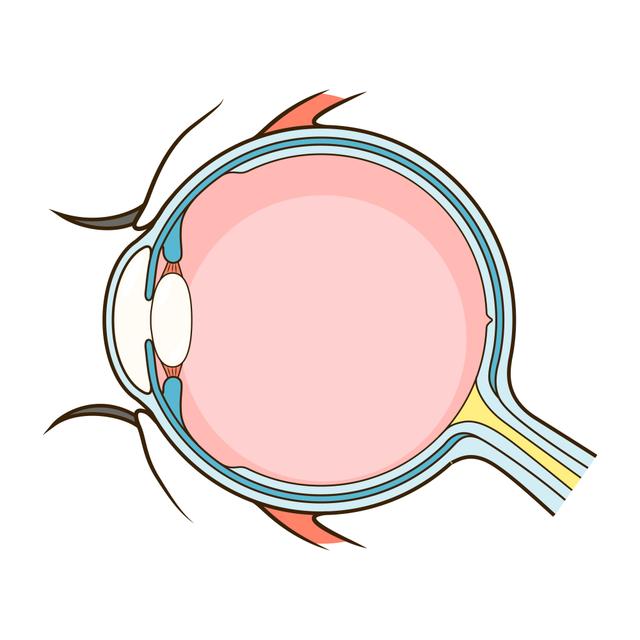
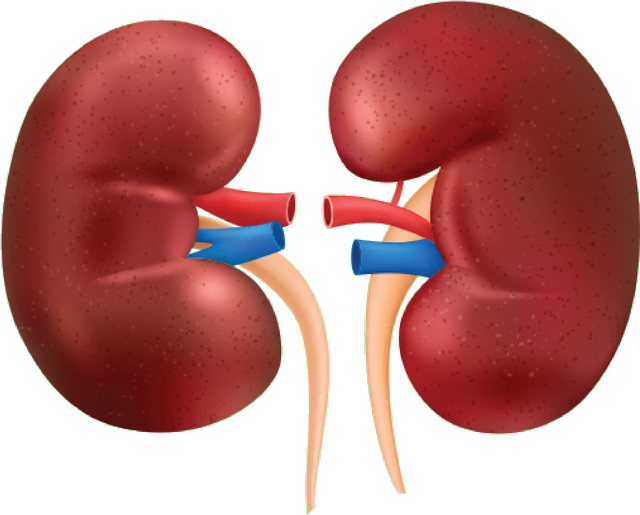
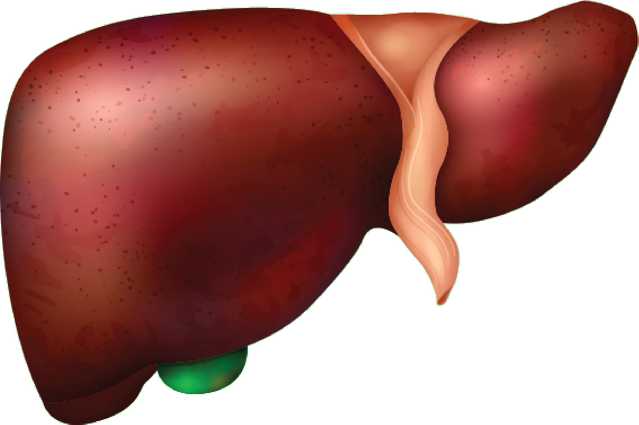



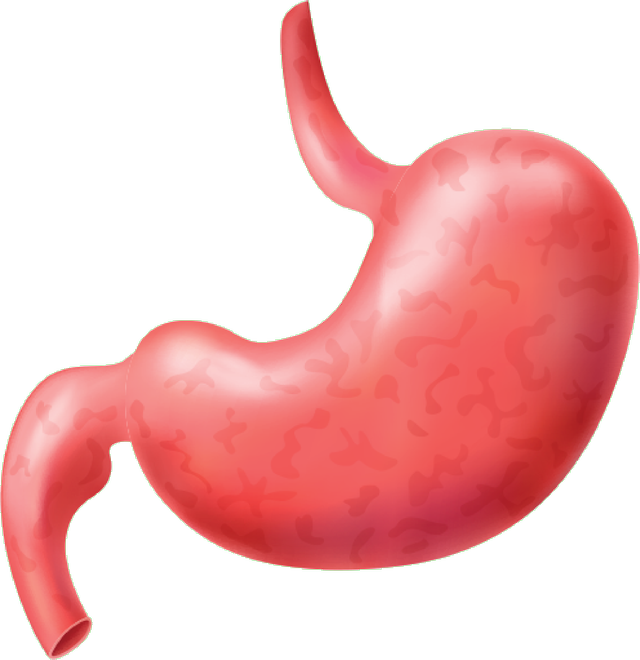
Exit quiz
6 Questions
transports blood around the body
uses hormones as chemical messengers
transmits impulses along neurones
